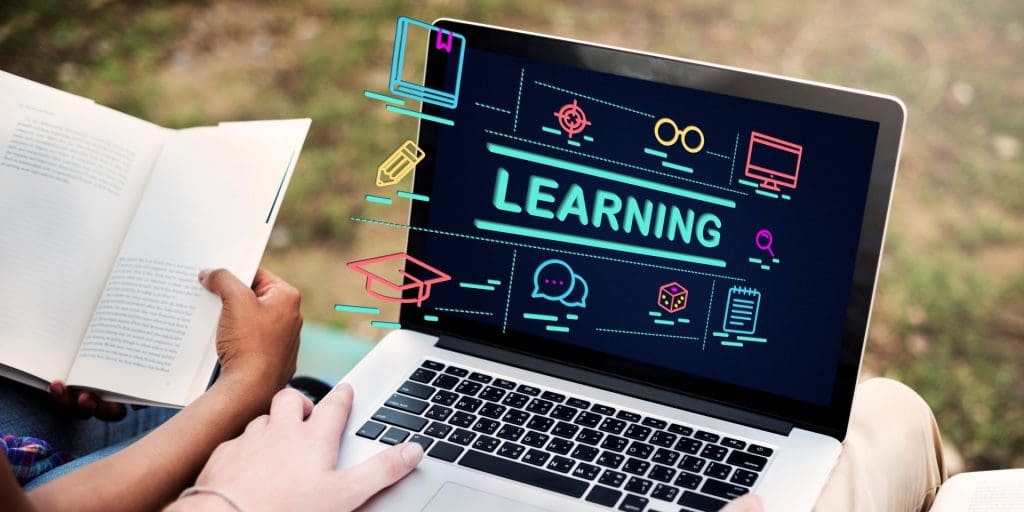Ms. Mili Bhattacharyya,
Vice Principal – Zebar School for Children, Ahmedabad

It is rightly said- “The art of life is a constant readjustment to our surroundings and conditions.”
Crisis requires society to revive, renew and recreate itself, albeit in a constructive manner. The disruption caused by the Covid- 19 pandemic is unprecedented and the resulting economic and social measures have brought massive changes, especially in the field of education. In a matter of weeks, the entire education system from primary to higher education had to completely transform to evolve to an online teaching-learning scenario. According to UNESCO, educational institutes were closed completely in 185 countries in April 2020 affecting more than 1000 million learners around the globe. The sudden forced closure of face-to-face teaching led academics and students into an unfamiliar terrain due to the need to adapt swiftly to the e-learning settings.
“Adaptability to change is in itself a hallmark of successful education.”
With schools all over the world redesigning because of the pandemic, blended learning is fast becoming a new normal. Blended learning is a learning approach that integrates online learning with the traditional instructor-led brick-and-mortar classroom activities in a planned ‘pedagogically valuable’ manner. Educators probably will debate and even disagree on what qualifies as ‘pedagogically valuable’ but the essence is clear; blended education uses online technology to not just supplement, but to transform and improve the learning process. That does not mean an educator can simply start a chatroom or upload lecture videos and say that he is conducting a hybrid class. Successful blended learning occurs when technology and teaching inform each other, complement and supplement each other; material becomes dynamic when it reaches students of varying learning styles. In other words, it can engage students in a truly customized way.
| Activity | Face-to-face approach | Blended approach |
| Learners work on a group project | Learners meet in a classroom to collaborate and contribute to the project.
|
Learners use channels in MS Teams /Google Classroom to plan their work and control the flow. They also use file-sharing services (e.g. One Drive/ Google Docs) to collaborate and share feedback on the project. |
| Assessment | Learners take mid-term tests and final exams.
|
Learners’ progress is evaluated by their activity statistics (MS Forms / Google Forms); they take online quizzes and tests. |
Some examples of how to blend
Does Blended Learning Work?
Let’s take a look at some of the benefits of blended learning:
Safer learning environment– The blended approach makes learning safer by reducing the number of hours’ learners spend together offline but still provides them with live communication.
Interactive learning process– Theoretical materials can be challenging and sometimes boring but blended learning provides lots of tools to make it interactive and interesting.
Learner autonomy– Being able to control and schedule an individual learning path is essential for learners. They can access courses 24/7, whenever they want it.
Better comprehension– Blended learning models results in better comprehension by having learners study all theoretical materials alone at their own pace and practice new knowledge and skills during in-person sessions.
Detailed analytics– How much time did it take a learner to finish a quiz? How many attempts did they make? Can you answer these questions with classroom learning? Probably, yes. But you have to spend a lot of time collecting this information. With blended learning, you won’t even spend a minute. Based on learner’s progress, you’ll be able to see how competent a learner is at specific topics, whether they are ready to move forward or need to revise some materials, and much more.
No educational model is one-size-fits-all, and a number of factors impact the success of blended learning. Teachers must be committed to and well trained in blended and hybrid education and its technologies, and students must have a clear understanding of what is expected of them in this new environment.
In general, critics may also question whether the practice can provide students with enough personal attention, guidance, and assistance from teachers, especially for students who may not be self-directed, self-disciplined, or organized enough to learn effectively without regular supervision from teachers and adults. Without in-person supervision, students could easily spend more of their study time using social media and chatting with friends than doing their schoolwork.
When we talk about digitalization, some of the first examples that may come to mind are Flipkart, Amazon, Myntra, Uber, etc. where online technology changed the market. At the same time, these online services are strongly tied to the user’s offline experience. So is blended learning; it requires you to find a delicate balance between classroom training and e-learning. Whatever strategy you choose, you can’t go wrong by putting your learners above everything else and then optimizing the rest as you go.


